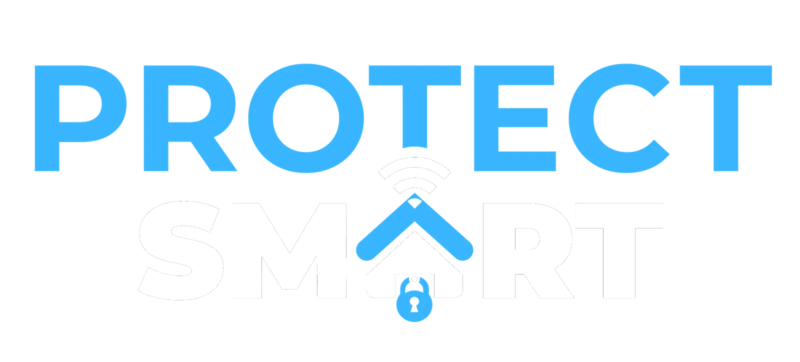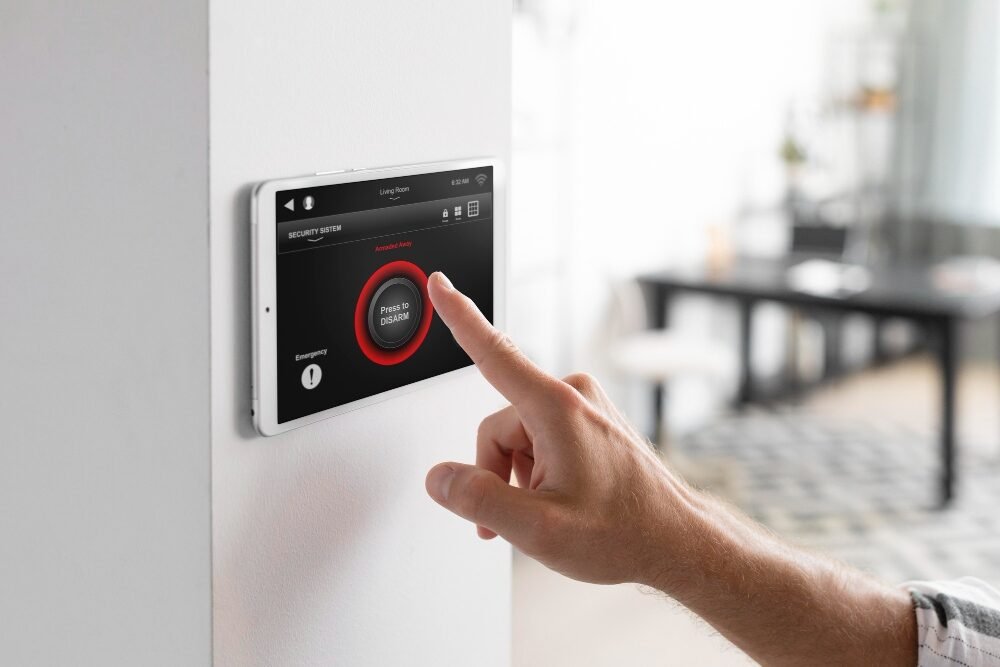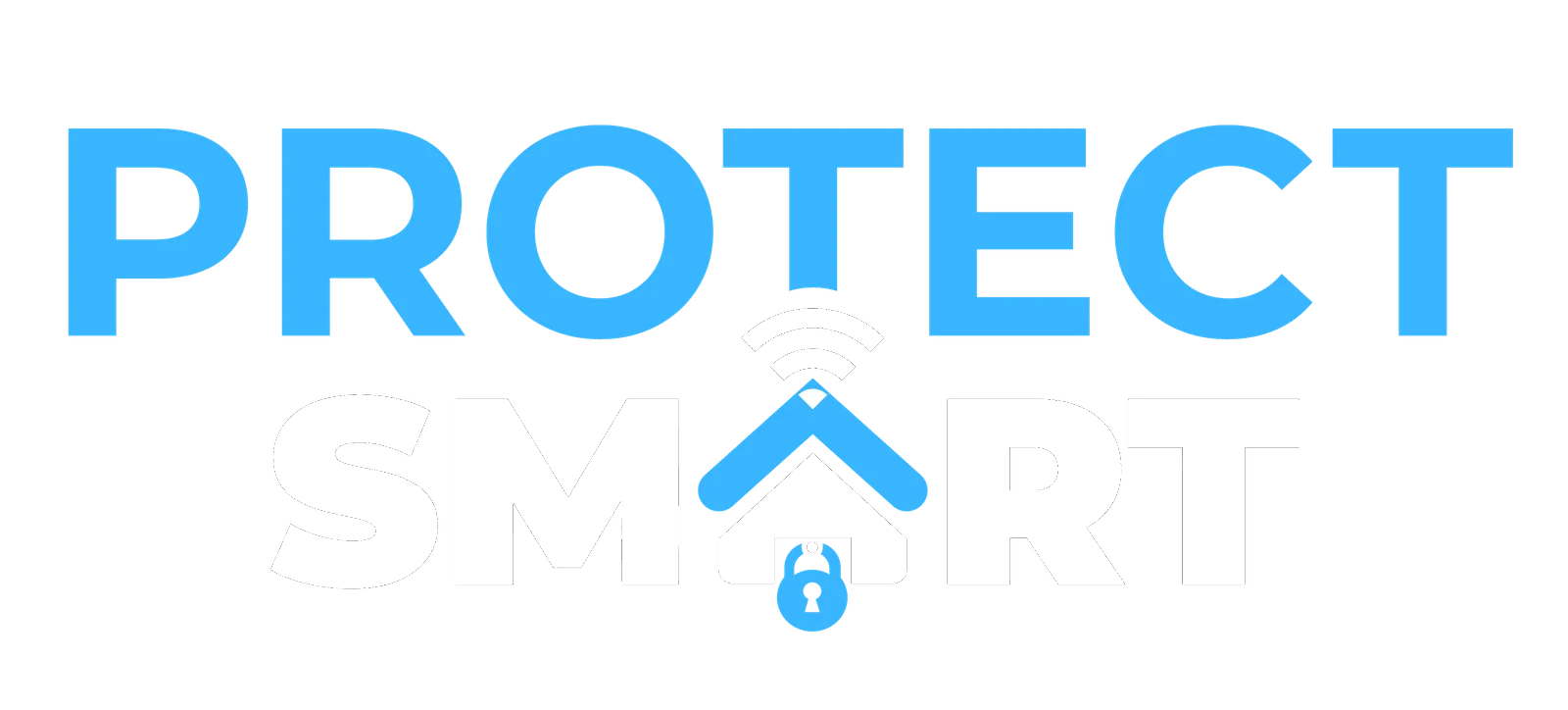Smart thermostats have become increasingly popular, offering homeowners greater control over their energy consumption and comfort. However, like any connected device, they are susceptible to security vulnerabilities. To protect your smart thermostat and your home, it’s essential to understand the potential risks and implement effective security measures.
Common Vulnerabilities in Smart Thermostats
Weak Default Passwords: Many smart thermostats come with weak or easily guessable default passwords, making them vulnerable to unauthorized access.
Unencrypted Communication: Some thermostats may transmit data without encryption, allowing hackers to intercept and manipulate information.
Software Vulnerabilities: Like any software, smart thermostat firmware can contain vulnerabilities that can be exploited by attackers.
Integration with Other Devices: If your thermostat is integrated with other smart home devices, vulnerabilities in those devices could potentially compromise your thermostat’s security.
Best Practices for Protecting Your Smart Thermostat
Change the Default Password: Immediately change the default password for your smart thermostat to a strong, unique combination of letters, numbers, and symbols.
Enable Two-Factor Authentication: If available, enable two-factor authentication (2FA) to add an extra layer of security by requiring a code sent to your phone or email in addition to your password.
Keep Firmware Updated: Ensure that your thermostat’s firmware is always up-to-date to address any security vulnerabilities that may have been discovered.
Secure Your Wi-Fi Network: A strong, secure Wi-Fi network is essential for protecting your smart thermostat. Use a robust password and enable WPA3 encryption.
Limit Access: Restrict access to your thermostat’s settings to authorized users only. Avoid sharing your Wi-Fi password with unnecessary devices or individuals.
Monitor Network Traffic: Keep an eye on your network traffic for any unusual activity that might indicate a security breach.
Avoid Public Wi-Fi: Never connect your smart thermostat to a public Wi-Fi network, as these networks are often less secure and can be easily compromised.
Consider a Dedicated Network: For added security, consider creating a dedicated network for your smart home devices, separate from your main network.
By following these best practices, you can significantly reduce the risk of security vulnerabilities and protect your smart thermostat from unauthorized access. Remember to stay informed about the latest security threats and updates to ensure the ongoing protection of your home.



